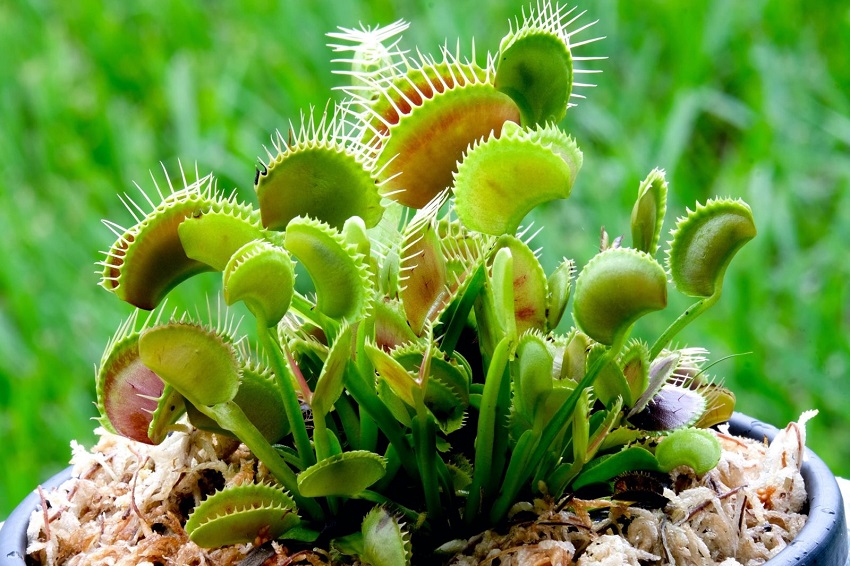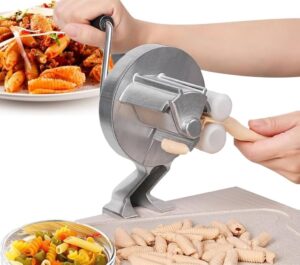Venus Fly Trap Care: A Guide to Nurturing Your Carnivorous Companion

If you’ve ever been captivated by the unique beauty of the Venus fly trap (Dionaea muscipula), you may be considering adding this captivating carnivorous plant to your collection. Venus fly traps are fascinating specimens that have captured the imaginations of plant enthusiasts and nature lovers alike. While they may seem like mysterious creatures, with the right care and attention, you can successfully nurture and enjoy the company of these intriguing plants. In this article, we will delve into the world of Venus fly trap care, exploring their natural habitat, ideal growing conditions, feeding requirements, and tips for maintaining their health. So, let’s embark on this botanical journey and discover the secrets to keeping your Venus fly trap thriving. The content has collaborated with https://aliceswonderlandnursery.com/
Introduction to Venus Fly Traps
The Venus fly trap is a carnivorous plant native to the coastal areas of North and South Carolina in the United States. It is known for its unique ability to capture and digest insects for nourishment. The plant’s striking appearance, characterized by its green leaves with hinged traps, has made it a popular choice among plant enthusiasts.
Understanding the Natural Habitat
To provide optimal care for your Venus fly trap, it’s essential to understand its natural habitat. Venus fly traps are typically found in boggy areas with high humidity levels and acidic soil. These habitats are often characterized by full or partial sunlight and nutrient-poor conditions. Replicating these conditions in your care routine will help ensure the plant’s well-being. Dive deeper into the large indoor plants and trees.
Creating the Ideal Growing Environment
Lighting Requirements
Proper lighting is crucial for the healthy growth of your Venus fly trap. These plants require bright, indirect sunlight for approximately 10 to 12 hours a day. Placing your Venus fly trap near a south or west-facing window can provide the necessary light. However, it’s important to protect the plant from intense midday sun, as it can scorch the leaves.
Soil and Watering
Venus fly traps thrive in acidic, nutrient-poor soil. A recommended soil mixture consists of a combination of sphagnum moss and perlite. This mixture provides the necessary drainage and mimics the plant’s natural habitat. It’s important to keep the soil consistently moist but not waterlogged. Using distilled or rainwater is recommended to avoid minerals present in tap water.
Humidity and Temperature
Maintaining adequate humidity levels is vital for your Venus fly trap’s health. Aim for a humidity range of 50% to 60%. You can increase humidity by placing the plant on a tray filled with water and pebbles. This creates a humid microclimate around the plant. As for temperature, Venus fly traps prefer a range between 70°F and 85°F (21°C to 29°C) during the day, with a slight drop at night.
Feeding Your Venus Fly Trap
One of the most captivating aspects of Venus fly traps is their ability to capture and consume insects. While they can survive without additional feeding, providing occasional prey can promote growth and vigor. It’s important to remember that Venus fly traps are selective eaters and primarily target live insects that trigger their traps.
Maintenance and Troubleshooting
Pruning and Dormancy
Periodic pruning is necessary to maintain the health and appearance of your Venus fly trap. Remove any dead or blackened leaves to prevent fungal or bacterial issues. Additionally, Venus fly traps enter a dormancy period during winter when they experience slower growth. During this time, reduce watering and place the plant in a cool location, ideally around 50°F to 55°F (10°C to 13°C).
Common Issues and Solutions
- Leaf Browning: If you notice browning or blackening of leaves, it could indicate either underwatering or overwatering. Adjust your watering routine accordingly.
- Insect Infestations: While Venus fly traps are effective insect catchers, they can still fall victim to pests. If you notice an infestation, use organic insecticides or introduce beneficial predators, such as ladybugs, to control the population.
Conclusion
With their intriguing carnivorous nature and captivating appearance, Venus fly traps make a unique addition to any plant collection. By understanding their natural habitat, creating an ideal growing environment, providing proper lighting, and occasional feeding, you can successfully care for these fascinating plants. Remember to maintain humidity, prune regularly, and troubleshoot common issues to keep your Venus fly trap healthy and thriving.
FAQs (Frequently Asked Questions)
- Can I feed my Venus fly trap anything other than live insects?
Venus fly traps are specifically adapted to capture live insects. Feeding them other substances may harm the plant and interfere with its natural digestive process.
- How often should I water my Venus fly trap?
It’s important to keep the soil moist but not waterlogged. Aim for watering the plant when the soil feels slightly dry to the touch, usually once every 1 to 2 weeks.
- Can I grow Venus fly traps indoors?
Yes, Venus fly traps can be successfully grown indoors. Just ensure they receive adequate sunlight and humidity, and maintain the appropriate growing conditions.
- What should I do if my Venus fly trap’s traps don’t close after capturing prey?
If the traps don’t close within a few days, it may indicate insufficient light or the need for more time for digestion. Ensure your plant is receiving enough light and allow it time to process the captured prey.
- How long do Venus fly traps typically live?
With proper care, Venus fly traps can live for several years. Some well-maintained specimens have even been known to survive for over a decade.








